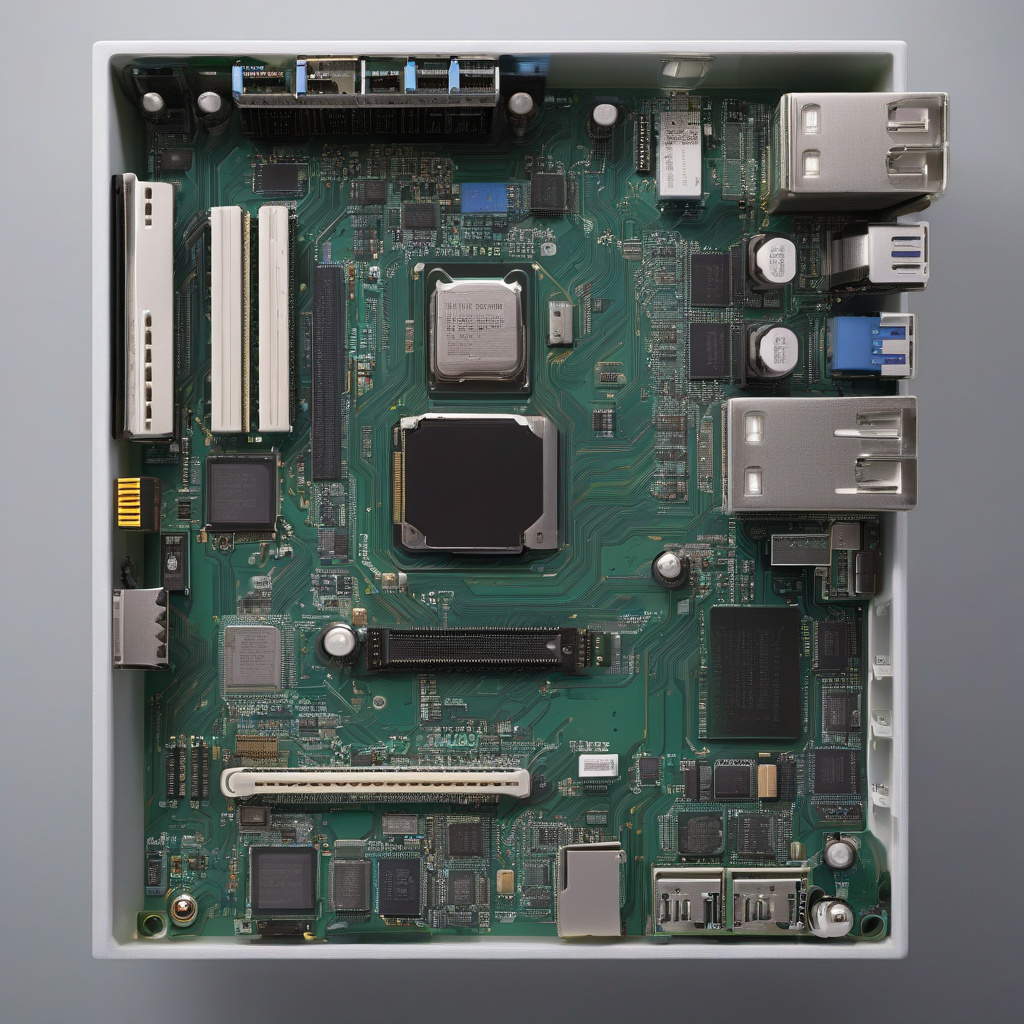Linux: An Introduction to User Management
Linux stands out as a powerful operating system that offers unparalleled flexibility and control over user management. For those venturing into the world of Linux, understanding how to manage users efficiently is key to maximizing the system’s capabilities.
User management in Linux revolves around creating, modifying, and deleting user accounts, as well as assigning appropriate permissions to users. This process not only enhances security but also streamlines access to resources, ensuring a smooth workflow for all users involved.
One fundamental aspect of user management in Linux is the concept of user accounts. Each user is assigned a unique username and user ID, enabling them to interact with the system while maintaining individuality and security. By creating distinct user accounts, administrators can regulate access to sensitive files and directories, safeguarding the system from unauthorized intrusions.
Moreover, Linux offers a robust set of tools for user management, including commands like useradd, usermod, and userdel. These commands allow administrators to add new users, modify existing accounts, and remove user accounts as needed. By leveraging these tools effectively, system administrators can maintain an organized user environment and ensure that resources are allocated appropriately.
In addition to creating user accounts, administrators must also assign permissions to users through the use of groups. Groups in Linux enable users with similar roles or responsibilities to access shared resources easily. By placing users into specific groups and assigning permissions at the group level, administrators can simplify the process of managing user access rights and permissions.
Furthermore, Linux offers a hierarchical file system that allows administrators to set permissions based on user ownership and group affiliation. This hierarchical structure ensures that users can only access files and directories for which they have been granted permissions, enhancing security and data integrity within the system.
When it comes to user management in Linux, automation plays a significant role in simplifying repetitive tasks and ensuring consistency across user accounts. Tools like Puppet and Ansible enable administrators to automate user management processes, such as creating user accounts, setting permissions, and managing user configurations. By automating these tasks, administrators can save time and reduce the likelihood of errors, thereby enhancing system reliability.
In conclusion, user management is a fundamental aspect of Linux administration that requires careful attention to detail and a thorough understanding of user accounts, permissions, and groups. By mastering the tools and techniques for user management in Linux, administrators can create a secure and efficient user environment that maximizes the potential of the operating system.
So, whether you are just starting with Linux or looking to enhance your user management skills, delving into the intricacies of user accounts, permissions, and automation will undoubtedly set you on the path to becoming a proficient Linux administrator.
At the same time, staying updated with the latest trends and best practices in Linux user management is essential for ensuring the smooth operation of your systems. Embracing the principles of user management in Linux will not only enhance the security and efficiency of your systems but also empower you to make the most of this versatile operating system.
Remember, in the ever-evolving landscape of IT and technology, mastering user management in Linux is a valuable skill that can open up a world of possibilities for you as a professional in the field.
(Photo by The New Stack)

